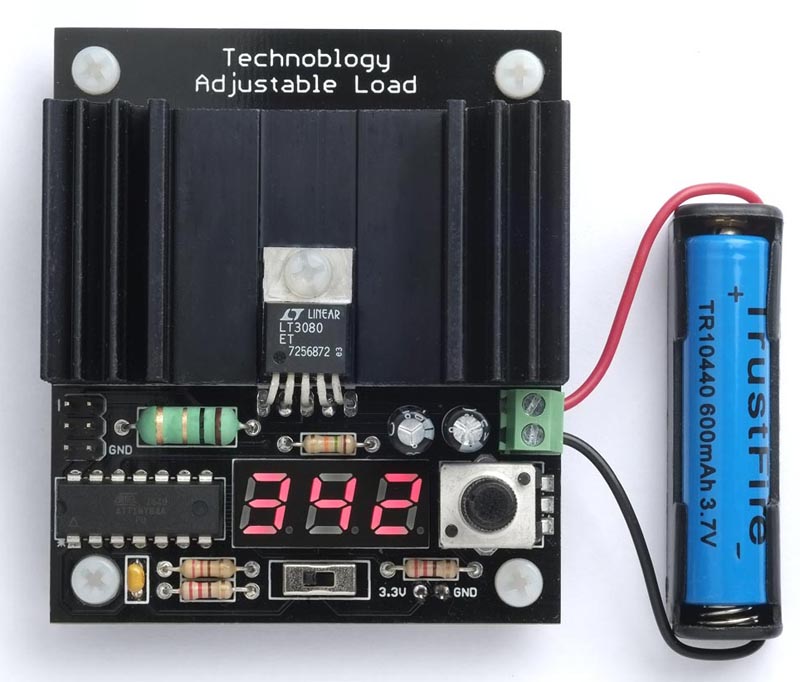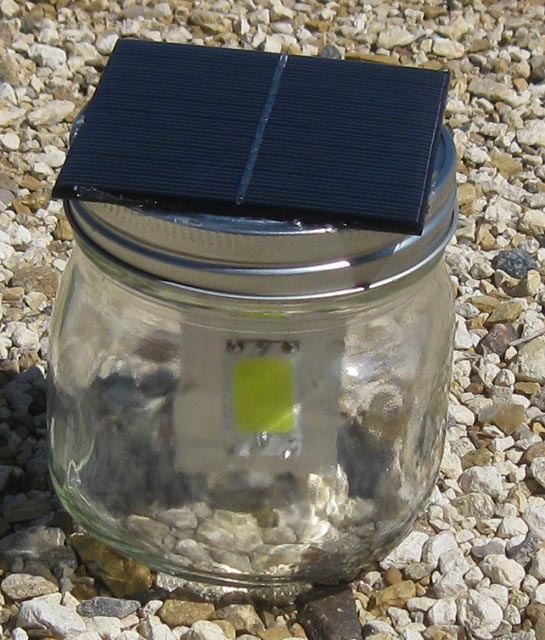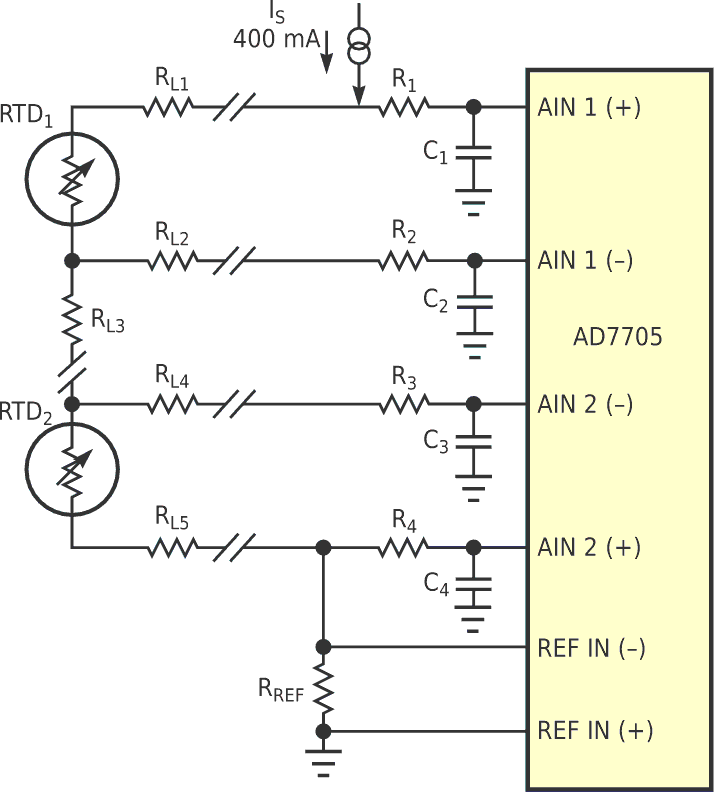An adjustable load provides a constant-current load for testing power supplies and batteries. It allows you to set the load current to up to 1.05 A, using a potentiometer, and displays the current on a three-digit LED display controlled by an ATtiny84...
I have modified several commercial solar garden lights over the years. I switch out the LED, solar panel, battery pack and control circuit. The result is a much better overall light...
You sometimes need to measure the differential temperature between two points in a system to a greater accuracy than that required in measuring the absolute temperature at either of the individual points...
Renesas Electronics introduced the RA6W1 dual-band Wi-Fi 6 wireless microcontroller, along with the RA6W2 MCU that integrates both Wi-Fi 6 and Bluetooth Low Energy (LE) technologies...
Current sources are useful in many areas of electronics, such as voltage and current division, current transmitters, excitation of thermistors, RTDs, bridges, potentiometers, and circuit biasing...
The Ćuk topology is ideal for generating a negative output voltage from a positive supply voltage...
This Design Idea offers an alternative solution for an application borrowed from frequent DI contributor R. Jayapal, presented in: “A 0-20 mA source current to 4-20 mA loop current converter”...
A 4 to 20 mA loop current is a popular terminology with Instrumentation/Electronics engineers in process industries. Field transmitters like pressure, temperature, flow, etc., give out 4 to 20 mA current signals...
Alright, I admit that the title is a bit over the top. So, what do I mean by it? I mean that: The application of PWM control to a regulator does not significantly degrade the inherent DC accuracy of its output voltage...
It's important to properly sequence the bias applied to an RF/microwave GaAs FET or a MMIC amplifier. These devices are extremely sensitive to drain and gate voltage levels...









